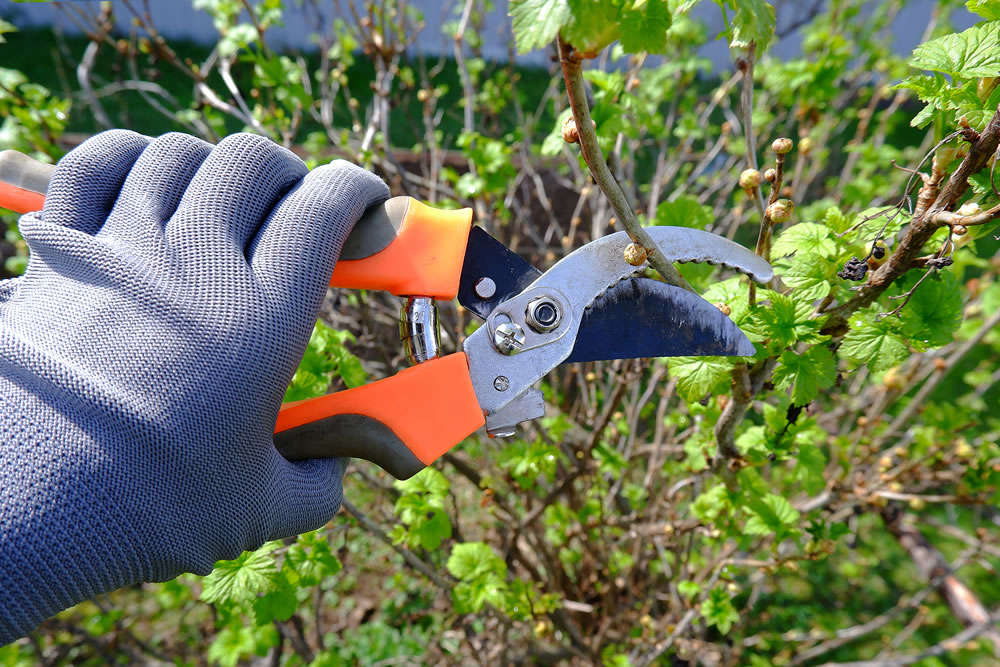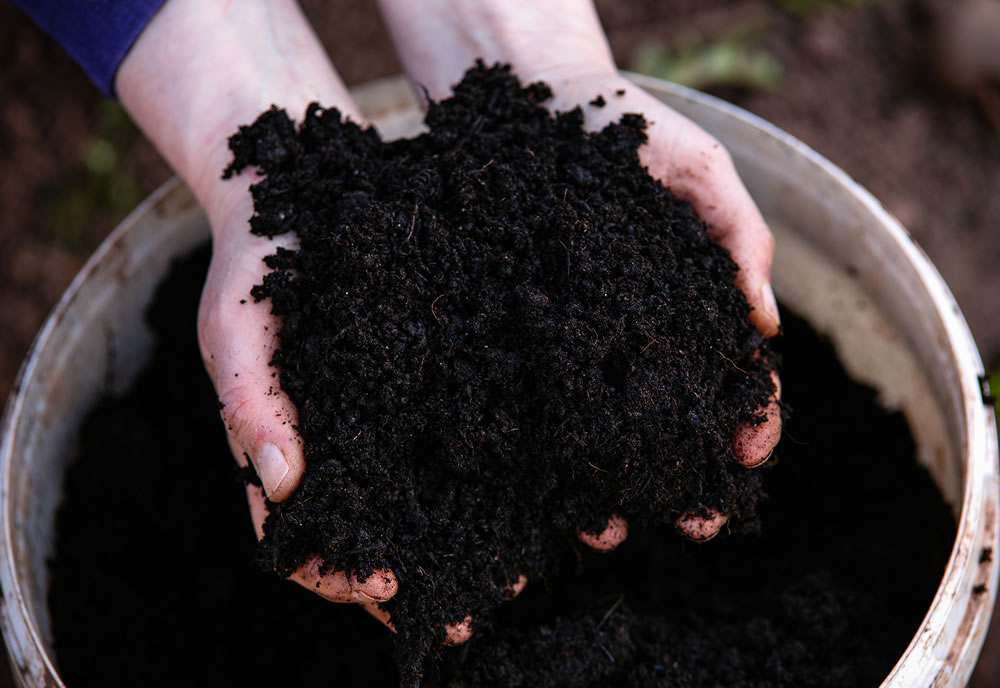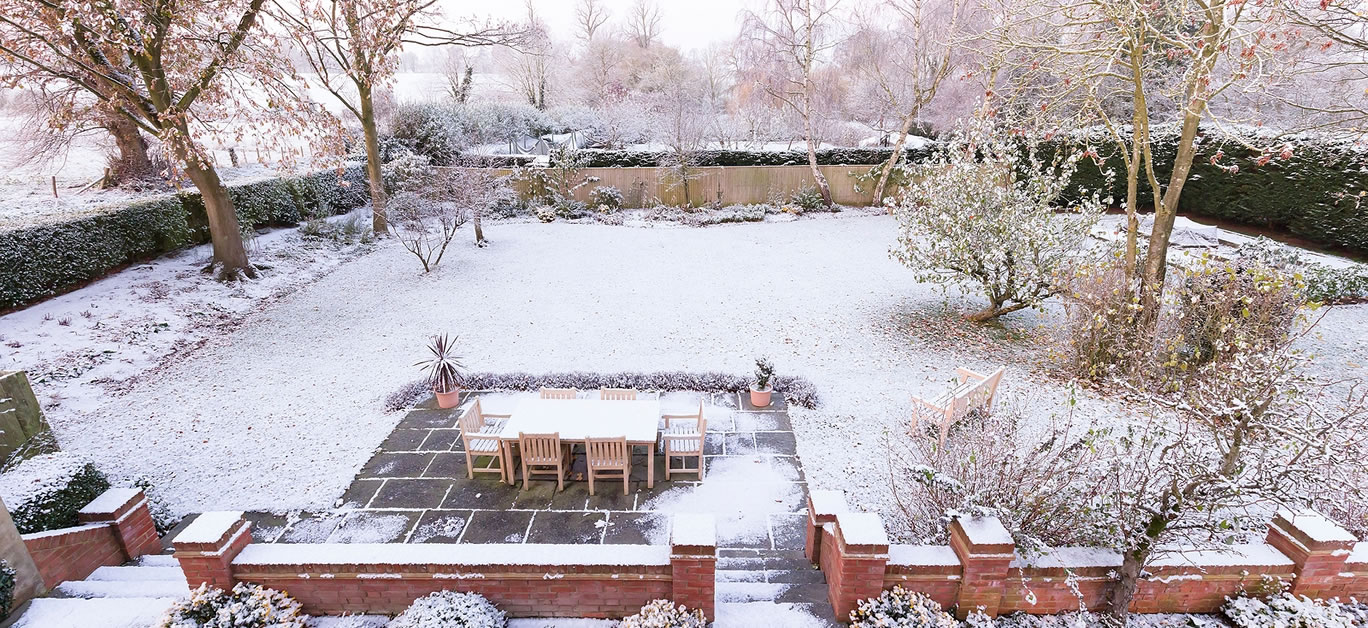The autumn solstice has now officially begun, and just four weeks from now, the clocks will be going forward – which, combined with the colder weather and cloudier, rainy days, means it’s time to settle in for cosy days and evenings at home by the fire with a blanket, a book and a endless cups of tea.
But before you batten down the hatches for another year, your garden could do with some much-needed TLC, and taking a little bit of time to give it some will ensure it’s ready and able to weather the winter months and ready to shine again when spring finally rolls around again once more.
Here are four important tasks to tick off your to-do list now that both you and your garden will be thanking yourself for later.
Get organised

Just as you’d leave your home clean and tidy before jetting off on your next luxury holiday, you should strive to leave your garden as organised as possible before heading inside to hibernate for the months ahead. Start by clearing away any debris left behind by your summer blooms, including dead annuals and perennials and any decaying vegetation. As well as looking messy, they can also attract pests and harbour disease whilst your garden is out of use over the winter, so it’s a step you won’t want to cut corners on. At this time of year, leaves are beginning to fall from the trees, so give your flower beds a good rake and ensure your drainage system is up to scratch to prevent flooding and protect plants from rot over the coming months.
Trim and prune

Trimming back overgrowth on your plants, trees and perennials as autumn sets in is another vital step in prepping your garden for the new season and will make sure the groundwork is laid for healthy new growth come springtime. Hedges, too, can get out of hand during the winter so trim them into shape now to ensure they continue to look neat – and it’s important to get this one done as soon as possible so that you don’t stimulate new growth too late in the autumn. Dead-head your flowers, remove dead leaves and debris from climbing plants and, if you have roses in your beds then make sure to prune them to prevent disease setting in.
Prep your soil

Whilst it might be tempting to leave your soil as it is until the spring, preparing it for the colder months is key. Adding compost and other organic matter will enrich the soil so that it is filled with nutrients to support plant life throughout the winter, while mulching – where you apply a thick layer of mulch around your plants themselves – will help to regulate soil temperature and protect roots from frost. Doing so will also keep the proliferation of weeds to a minimum, saving you additional work in the long-run.
Preparing your garden’s soil for the colder months is crucial. Start by adding organic matter like compost or well-rotted manure to your garden beds. This enriches the soil and improves its structure, allowing it to retain moisture and nutrients better.
Mulching is another essential step in protecting your garden during autumn and winter. Apply a thick layer of mulch around the base of your plants, leaving a gap around the stems to prevent rot. Mulch helps to regulate soil temperature, reduce weed growth, and protect plant roots from frost.
Give your lawn some love

Your shrubs and flowers aren’t the only element of your garden that needs attention, so be sure to allocate some time to focus on your lawn, too. Although the wet weather that comes with autumn can make it difficult to keep up a regular mowing schedule, try to do so as best you can, but allow it to maintain a slightly higher height than you would do throughout spring and summer as doing so will protect it from falling victim to fungal diseases, as well as from frost.
While you generally won’t be laying any grass seed until next year now, it’s still important to keep your soil aerated to improve air circulation and drainage and support growth. And in some cases – for example, if your lawn is marred by bald patches – you actually might want to consider overseeding your lawn, but if this is the case then you’ll need to do it while the soil and weather are both still warm enough for new growth to begin.























